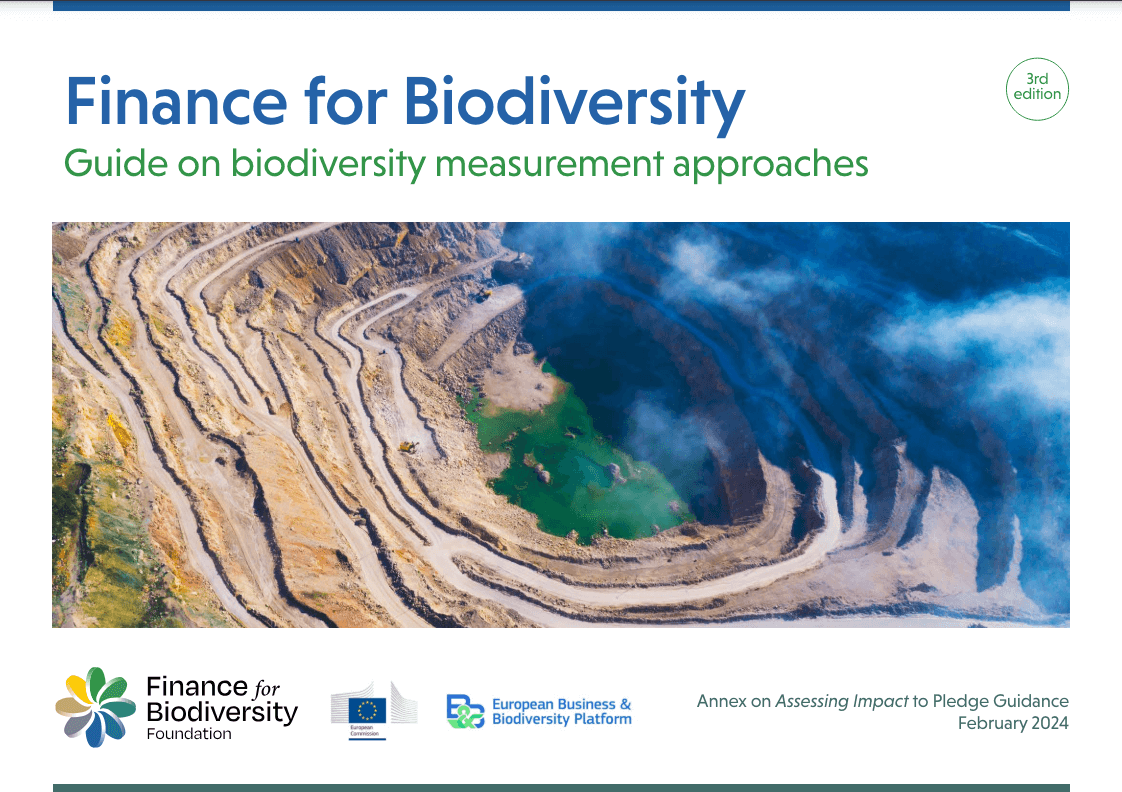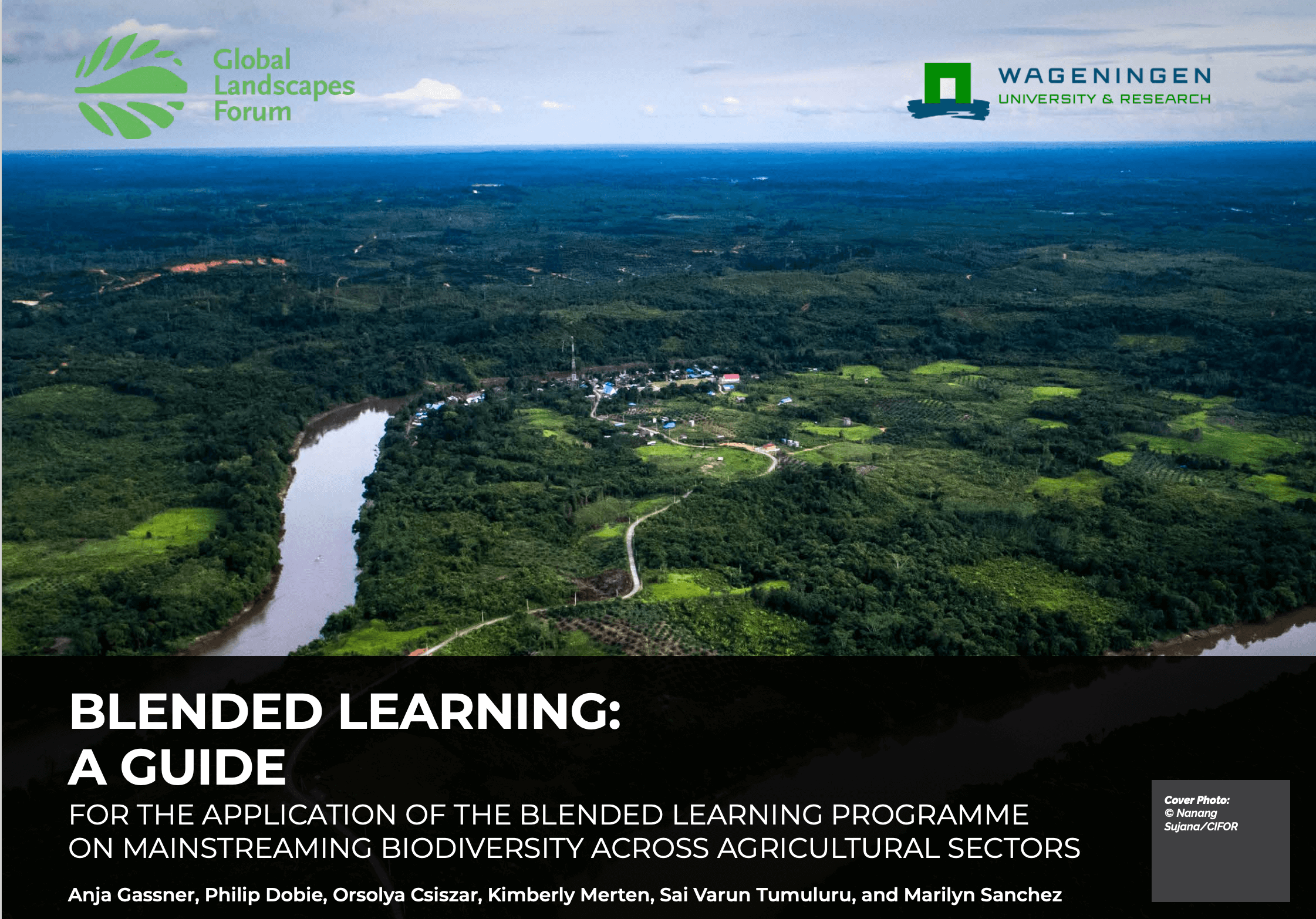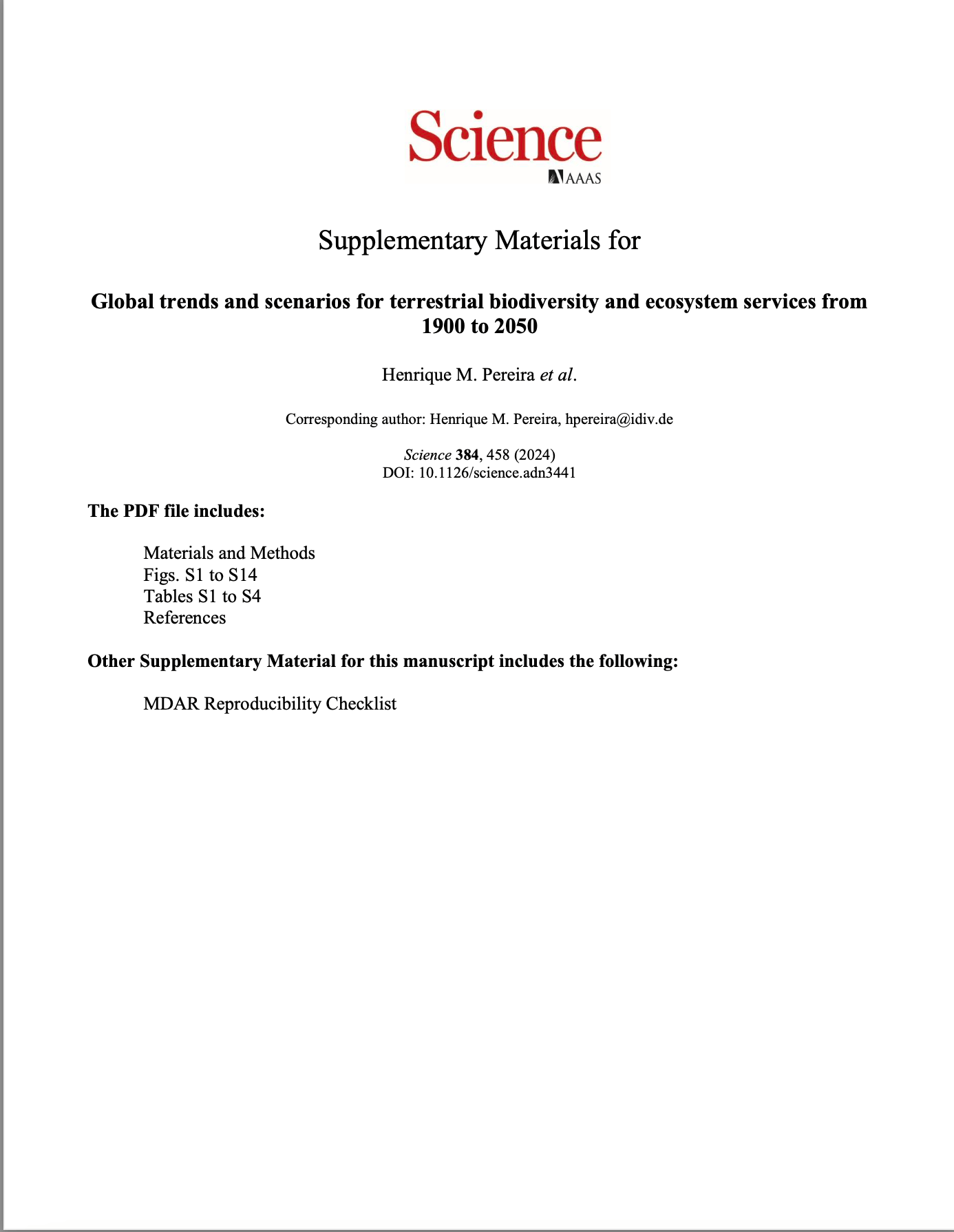Global trends and scenarios for terrestrial biodiversity and ecosystem services from 1900 to 2050
Detalles
| Based on a broad intercomparison of models, the authors of this publication assess trends in biodiversity and ecosystem services from historical reconstructions and future scenarios of land use and climate change. During the 20th century, biodiversity declined worldwide by between 2% and 11%, according to estimates of a range of indicators. Ecosystem services of provision multiplied several times and those of regulation decreased moderately. Looking ahead, sustainability policies can halt biodiversity loss caused by land-use change and demand for provisioning services, while reducing or reversing the decline of regulatory services. However, the negative impacts on biodiversity due to climate change seem destined to increase, especially in higher emissions scenarios. The assessment identifies the uncertainties that still persist in the models, but also strongly shows that renewed political efforts are needed to meet the objectives of the Convention on Biological Diversity. |
Recursos relacionados

Natural capital approaches: shifting the UN Decade onEcosystem Restoration from aspiration to reality
The UN Decade on Ecosystem Restoration offers a vital opportunity to advance integrated, larger-scale approaches that reverse ecosystem degradation, biodiversity…

Finance for Biodiversity: Guide on biodiversity measurement approaches
As biodiversity loss becomes an increasingly urgent challenge, financial institutions are looking for ways to quantify the impacts and dependencies…

A guide for the application of the Blended Learning Programme on Mainstreaming Biodiversity across Agricultural Sectors
The Global Landscapes Forum, in collaboration with Wageningen University and Research, addresses the critical need for informed policy decision-making in…


